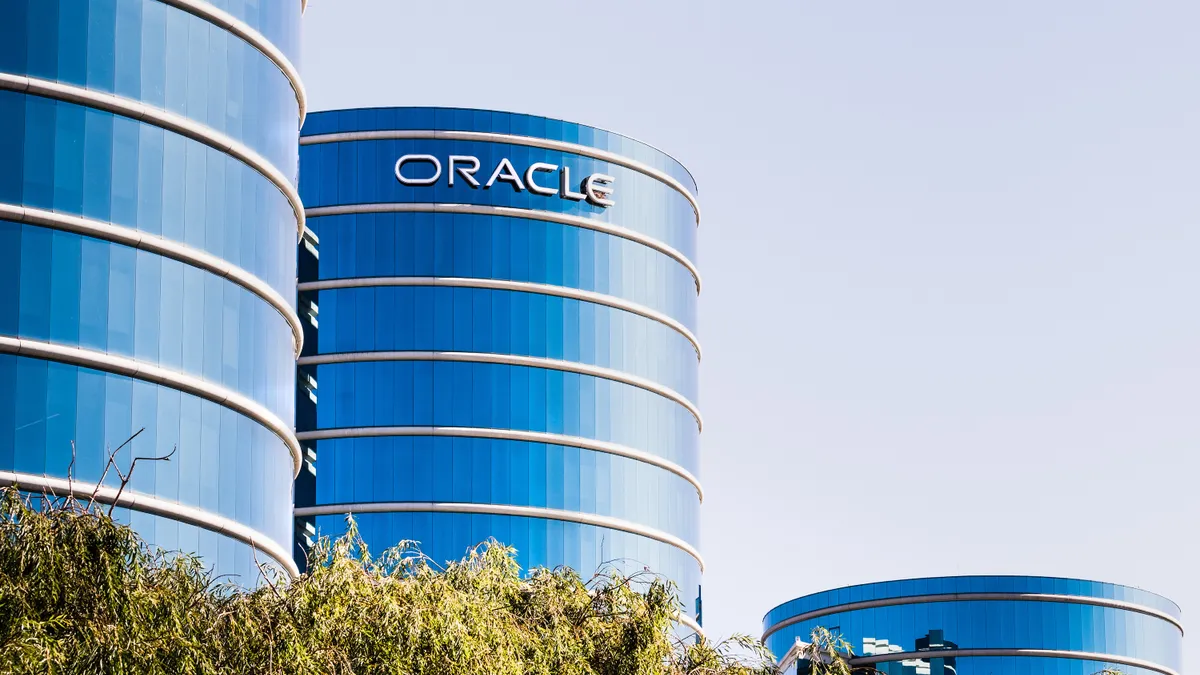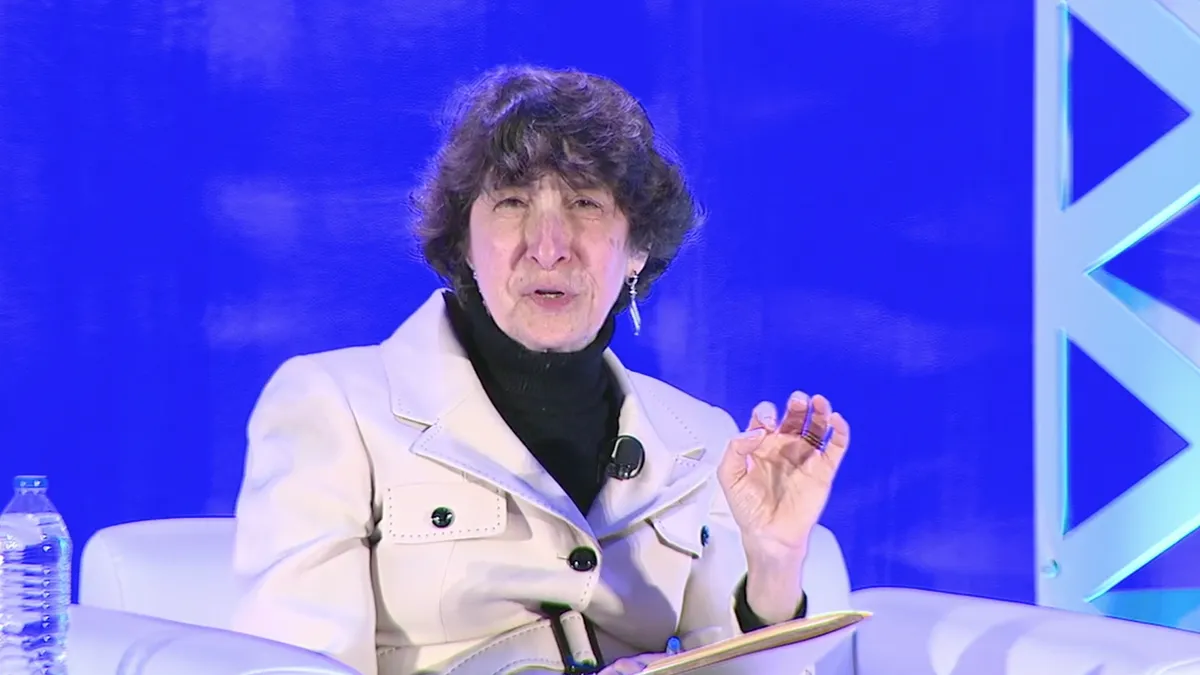Jennifer Lallite is of counsel at Edlin Gallagher Huie + Blum. Views are the author's own.
In one way or another, we have all become acutely aware of the deleterious effects of the pandemic on our lives, the nation and the world at large. COVID-19 has radically shifted our social interactions at home and in the workplace, our travel habits and the global economy.
One of the more troubling trends arising from the pandemic has been paradoxically dubbed the "Great Resignation," also known as the "Big Quit," to describe the deluge of employees who began quitting their jobs in or around April 2021 and continuing with a record high of 4.5 million workers resigning in November alone. As a result, employers across several industries are left scrambling to fill open positions. Along with a reduction in customers, staffing shortages and employee turnover are wreaking havoc on companies' financial stability.
As employers struggle to confront and mitigate the problem, many will continue to flounder for one basic reason: lack of insight about why employees quit — but savvy employers will strategize to stem this resignation tide.
Investing in diversity, equity and inclusion is a great place to start. Such programs empower employers to attract and retain team members from historically underrepresented communities. To do it right, companies need a clear roadmap and buy-in at all levels of the organization.
Invest in your existing workforce
Business leaders should start with an evaluation of current employees' compensation and benefits, honestly assessing whether there is more that can be done to keep people happy in their positions. A plethora of recent studies suggest that many employees are leaving their employers because better paying jobs in their industry sectors — especially food service, hospitality and retail — are easy to come by.
In addition to wage-related resignations, many employees cite burnout and pandemic-related safety concerns as the impetus for their departures. Creativity with incentives could encourage them to stay. While many employers may be unable to follow the lead of Dan Price, who established a $70,000 minimum wage, they should consider ways to increase employee compensation and employee perks. Some attractive options might include a more compelling healthcare benefits package, retirement savings programs, training and professional development opportunities, or the flexibility to work remotely to improve workers' quality of life.
Identify hidden bias in recruiting and hiring
Hidden or implicit bias is one of the biggest roadblocks people from historically underrepresented communities encounter in the workplace. Companies need to look at their recruiting and hiring practices to determine whether they are inherently unfavorable to BIPOC and LGBTQ+ candidates, and take the necessary steps to fix the problem.
One great place to start is with branding. Consistently emphasizing the organization's commitment to DEI across the firm's official marketing and recruiting channels will help you to attract a more diverse pool of qualified candidates. For example, Edlin Gallagher Huie + Blum, the law firm where I work, has demonstrated a deep commitment to DEI, a fact that is readily apparent in the firm's leadership structure, LinkedIn profile, website and job boards, marketing and recruitment content. Our firm's management, attorney, paralegal and administrative staff positions are overwhelmingly held by individuals of color and other historically underrepresented groups. The chance to collaborate with professionals with a wide range of cultural experiences was one of the top reasons I joined the team.
That said, clearly stating your organization's commitment to diversity is just the tip of the iceberg. Next, back up the claim with real action. Take a comprehensive, multi-faceted approach that involves every department, DEI experts recommend. Some of the more immediate changes you can make include diversifying your hiring committee and writing job descriptions in a way that will not discourage candidates from nontraditional backgrounds from applying.
While many employers require college degrees for entry-level positions, they could be limiting their talent pool if other combinations of education and work experience could qualify a person for the job. It's also important to remember that candidates of color may be burdened with a long history of discriminatory compensation practices, so be sure offers are based on candidates' particular qualifications and experience.
Hold literally everyone accountable
A successful and clearly articulated DEI initiative holds everyone accountable, from CEO to receptionist, and links performance reviews and pay increases to DEI goals. Many organizations reach these goals by appointing DEI directors or building entire departments that are dedicated to promoting diversity. Often, embracing the right technology is a key piece of the puzzle — for example, use of people analytics to collect meaningful data and identify inequities. At the heart of these efforts should be clear and consistent communications, so everyone is fully informed and understands what is expected of them.
In addition to being the right thing to do, codifying good DEI practices is great for the bottom line. Some of the well-documented benefits of a diverse workforce include higher employee engagement, more innovative problem-solving and significantly lower turnover.
All of this translates to cost savings and higher revenues. Another way DEI programs help employers save millions is by reducing legal risk. People who feel seen and heard in the workplace are far less likely to file employment law claims. And even if your company does get hit with a lawsuit, the effort put into building an equitable workplace will be evident in your communications, policies and procedures. Documentation such as this is discoverable in litigation and can provide the foundation necessary for a strong legal defense.





















